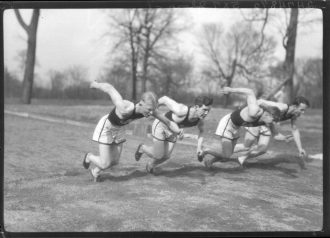
September 8, 2020
Patent Litigator Doug Robinson Discusses the Enbrel Decision in an Article for Biosimilar Development
The Federal Circuit court of appeals recently rejected Sandoz’s efforts to bring to market a biosimilar version (Erelzi) of Amgen’s Enbrel (etanercept) biologic drug. The case involved two U.S. patents (8,063,182 and 8,163,522). Both relate, broadly, to a human TNF receptor and fusion protein. Sandoz admitted in litigation that its proposed Erelzi product infringed both patents, but claimed in its defense that the patents should be invalidated due to a legal concept called obviousness-type double patenting. Sandoz’s argument, however, was thwarted in part by a creative licensing contract between Roche and Immunex. As a result, this case serves as a reminder that sometimes it is impossible to fully evaluate the likelihood of success in biosimilar litigation before the challenge begins.
Obviousness-type double patenting is a court-created doctrine that bars the scope of a patent, called the claims, from covering obvious variants of the same subject matter in separate patents. The aim is to prevent extending patent protection for longer than the standard term of 20 years. Importantly for this case, obviousness-type double patenting applies only when the patents are owned by the same entity. Here, some creative contract drafting helped Amgen avoid co-ownership of the two patents, thereby preventing Sandoz from having a successful invalidity defense.
The Amgen patents were originally developed by Roche. In 1998, Roche granted Immunex a license to the older patents that later became the basis for Sandoz’s double-patenting defense. Immunex was then acquired by Amgen in 2002, and in 2004, Amgen, Immunex, and Roche entered another agreement that eliminated continuing royalties to Roche.
…

